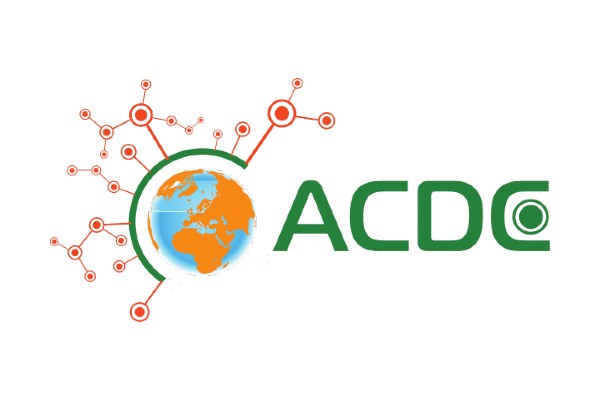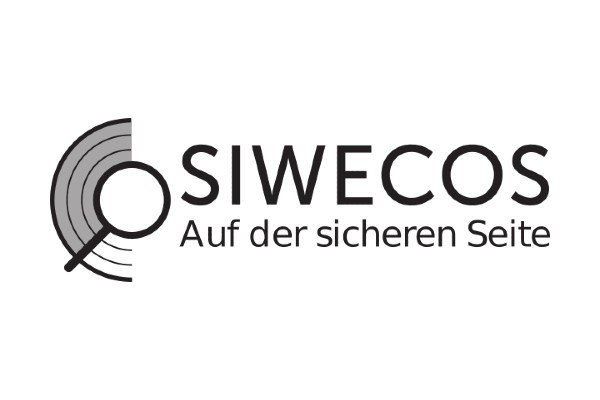When the Adobe hack was revealed in October, the number of affected users was dangerously under estimated. Initially, Adobe estimated the number at 2.9 million, however now we know that more than 50 times that number, 150 million, accounts have been leaked.
This week it has become clear what dangers are facing the customers affected by the security breach. A mass spamming campaign has been launched, primarily in Germany but a sizeable proportion (7.5%) in the UK too. Research from Check & Secure shows that a number of the email addresses leaked from Adobe were targeted.
Yet while spam emails are still a daily occurrence for the vast majority of internet users, this one poses a particular danger because of how genuine the emails look and the fact that the dangerous links that lead to the infected sites are disguised behind the HTML formatting of the emails. Affected users are at risk from infection from trojans, which steal account details for email, social media and even bank accounts.
The case is still very much in its infancy; it is possible that the attackers will target UK customers further using the data stolen from Adobe, either using this scam or others in the future. A certain level of vigilance is required to prevent falling victim to the scam.
If you are worried that your details are being used by scammers, follow these steps:
- Never click on embedded email links. Go to the website of the company sending you the mail and log in to your account there. If the correspondence you have received is genuine, it will appear there too.
- Deactivate HTML in your emails, this reduces the risk that harmful links could be hidden behind formatting.
- Be very careful about opening email attachments. Should you have your suspicions, save the file on your desktop (DO NOT open it) and check it for free at virustotal.com.












